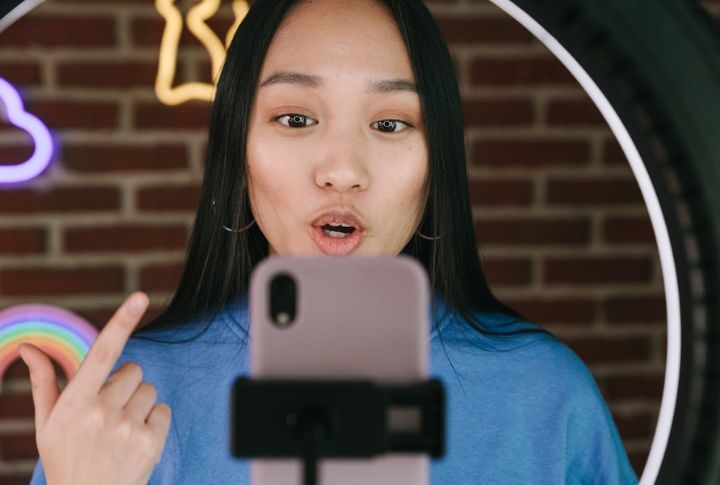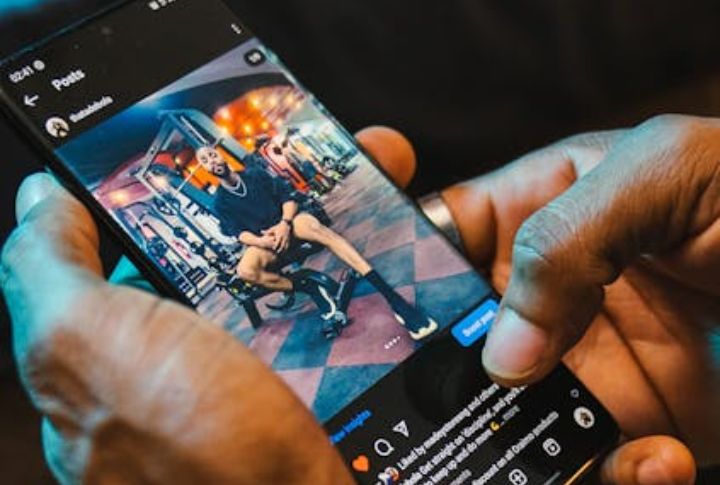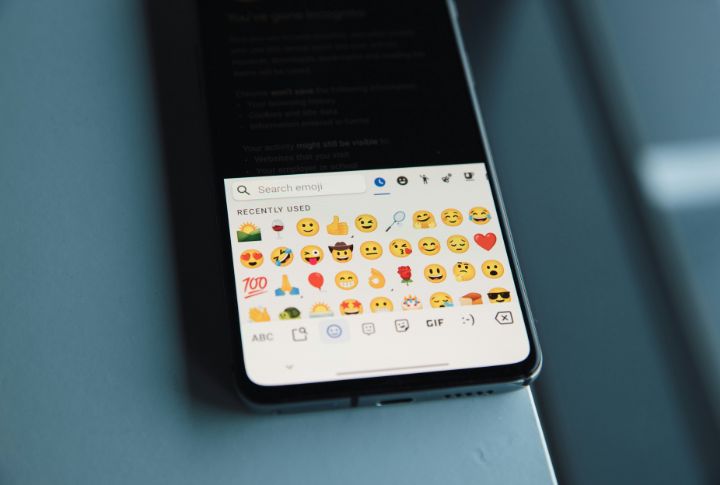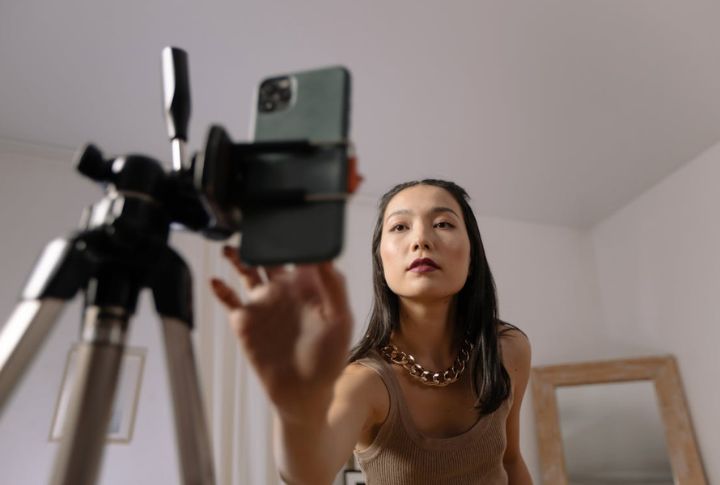
The internet has a way of turning pain into performance. Scroll past enough perfect moments, and the cracks start to show—tiny gestures that say more than the smiles ever could. Learn to see the difference between genuine joy and digital disguise through these 10 subtle, telling signs.
Inconsistent Tone Between Posts And Captions

Picture this: a caption shouting “Living my best life!” paired with a smile that doesn’t reach the eyes. That mismatch between bright words and dull expressions shows the gap between appearance and feeling. While friends scroll by, they’re actually seeing a quiet internal conflict unfold.
Forced Positivity After Clear Life Struggles

Notice the sudden flood of sunshine emojis right after sad posts? Or the upbeat updates that appear right after a tough week? That’s no coincidence. These exaggerated bursts of cheer often hide emotional pain, like actors trying too hard to convince their audience everything’s fine.
Validation-Seeking Through Excessive Self-Promotion

Endless “look at me” posts can start as harmless sharing but soon reveal something deeper. Behind the wins and humblebrags hides a need for reassurance. Every like gives a momentary lift, but rarely lasts—leaving the person chasing more attention instead of feeling fulfilled.
Compulsive Posting To Fill Emotional Voids

When someone’s posting nonstop, it’s rarely just for fun. Those repetitive updates come from loneliness or anxiety. Filling their feed helps fill the silence, too. Each post becomes a small attempt to feel connected and distract themselves from emotions they don’t want to face.
Irregular Engagement With Genuine Support Messages

They’ll like every comment on a public post yet ignore a private message asking if they’re okay. That uneven response isn’t random—it’s protection. Staying visible keeps things light, but a real connection can feel too close for comfort when someone’s struggling beneath the surface.
Surface-Level Gratitude Without Personal Context

“Feeling blessed!” posts sound cheerful, but when they lack personal details, they often ring hollow. Broad gratitude without real stories can hide emotional pain. Genuine thankfulness connects to people and experiences, whereas empty hashtags and vague captions only create the illusion of contentment online.
Avoidance Of Vulnerability Or Honest Reflection

Behind all the filtered photos and cheerful posts sits a careful illusion of constant happiness. Many people skip sharing struggles or honest moments, keeping things one-sided. It’s easier to post perfection than admit pain, so it leaves their online life feeling flat and distant.
Overuse Of Cheerful Emojis And Hashtags

A feed full of sunshine emojis and #LivingMyBestLife tags might look joyful; however, most times, it is forced. Behind all that sparkle can sit exhaustion or sadness. Every overused emoji becomes another way to hide reality, which creates an online world that feels a little too shiny.
Sudden Personality Shifts Across Online Platforms

When someone seems bubbly on one app and gloomy on another, it’s more than mood swings. These shifts often show how people tailor their personalities for different audiences. It’s like they’re changing masks—each version hiding how unsure they feel about which one’s truly them.
Copying Trends To Appear Emotionally Stable

Following every viral challenge might look playful, but sometimes it’s emotional camouflage. Mimicking popular trends helps people seem normal and in control. Each copied dance or meme becomes a small performance; an easy way to avoid showing how uncertain or unsteady they might actually feel.

